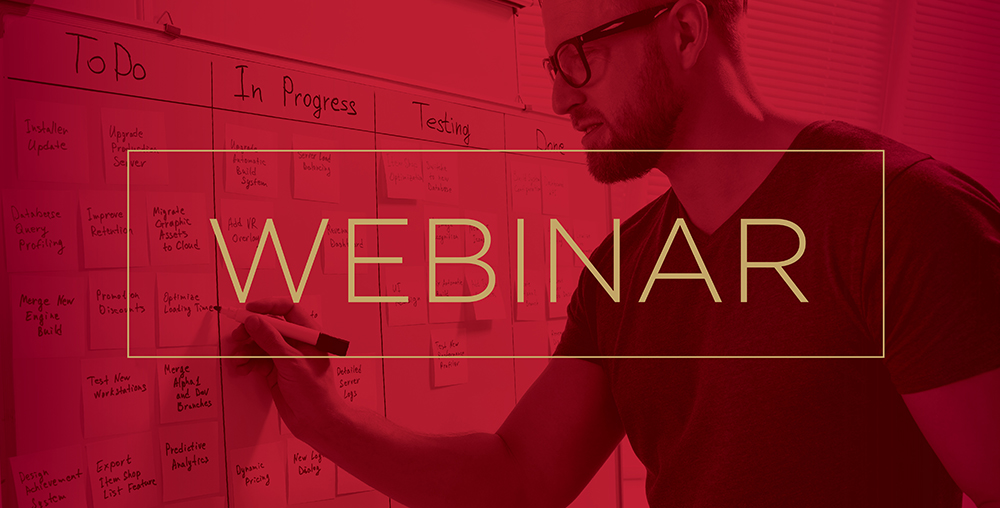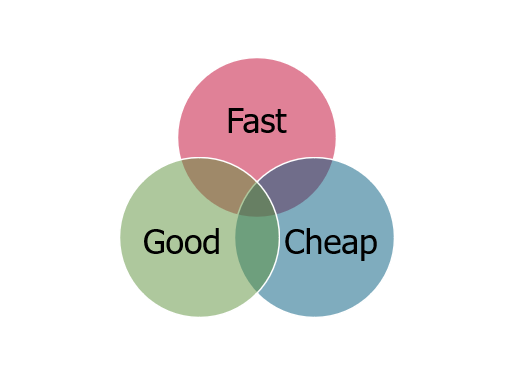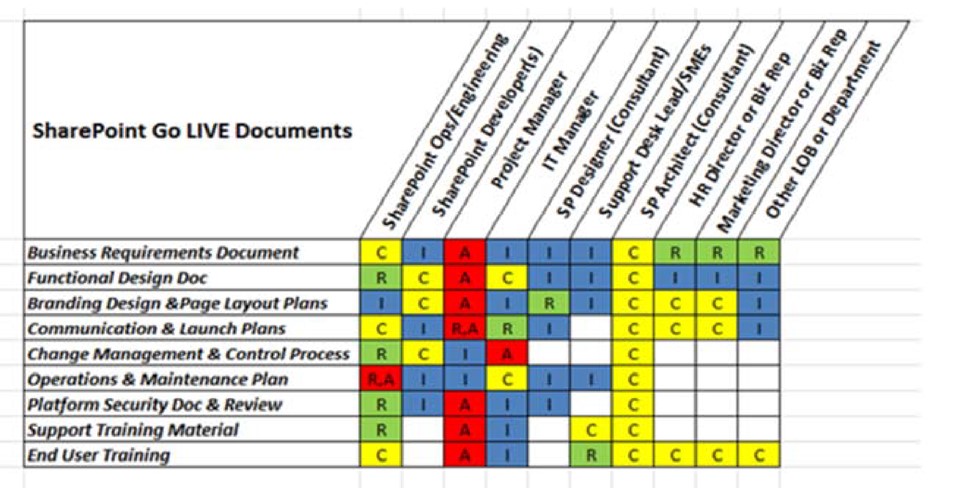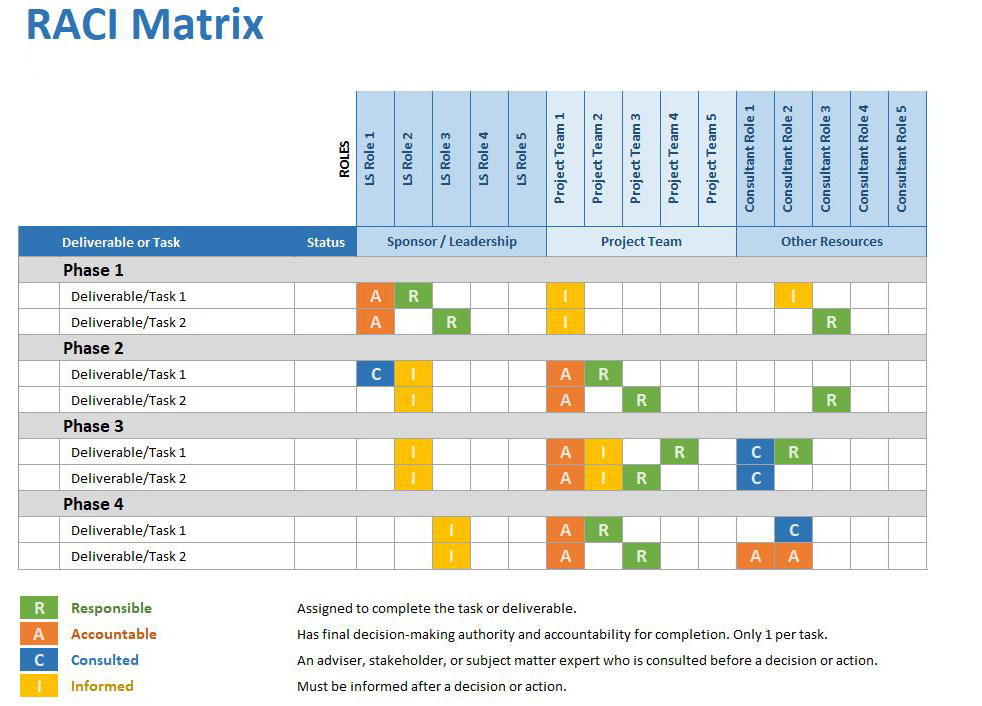
At the beginning of every project, whether you are using Waterfall or Agile, is an “initiation” phase. The goal of the initiation phase is to answer the question, “what does ‘done’ look like in this project?” The following six tools will help you determine what “done” will look like to the most important stakeholders, what jobs need to be performed for it to be “done”, and specify who should be involved in the project.
Project Charters
Project charters will always be part of the initiation conversation. A good project charter should identify the resources needed to make the project successful, such as people, time, or money.
For a successful project charter:
– Identify the resources the project will absolutely need like people, time, and money. It should be clear to the organization that they need to release these resources to make the project successful.
– Describe the roadmap for getting to “done”. This project should not last forever – how are you eventually going to close this project?
– Summarize the collected findings of the initiate phase: what are the jobs and outcomes needed to create “done”? Which voices are most important in decision making?
Charters create alignment for the project and everyone involved. They are also often used as a gate checking tool to make sure the truly important projects are being worked on, as a communication tool for internal and external stakeholders, and as a placeholder for project identification and selection. Charters should be updated regularly during initiate including at the very end of the phase. Iterative feedback loops with sponsors and key stakeholders are critical and changes need to be agreed upon and should be tracked to show evolution.
Project Constraints Matrix
A project constraints matrix will help you clarify organizational needs for the project and should determine which of the following is most important to the project sponsor:
– Do they want this done well?
– Do they want this quickly?
– Do they want this cheap?

Have the stakeholders pick two of the three above. Project team leaders cannot optimize all three, but they can balance them. Which two is determined with a structured discussion using a constraints matrix. This project must have some flexibility – not everything can be fixed. Ask the sponsor (whoever has influence over the checkbook) about these constraints:
– Schedule and time
– Budget, resources, and cost
– Scope, features, and requirements
Ask them which of these are fixed and not flexible? Which have some flexibility? Which are completely adjustable with no decision meeting needed? The sponsor will claim it’s all fixed, so ask questions to find out why they are so fixed – that’s when you’ll discover where the flexibility lies. You can watch the full webinar to access the downloadable tools as well.
Stakeholder Identification and Prioritization
Identifying and analyzing which role each stakeholder plays in a project will reduce conflict with the next tool: the stakeholder communication plan. To start, list every stakeholder to determine who is most important in decision making. They will give you the best understanding for what the “done” conditions are for this project.
Next, plot the questions (below) into a spreadsheet and ask your team to hypothesize those conditions versus each category of stakeholder involved to determine how involved they’ll need to be with each question.
Then take that plan to the key stakeholders and ask them flat out what their conditions are because they are a key stakeholder and their feedback is critical to the project’s success.
Questions to ask:
– What project information do they need to know to help with decision making?
– How often should they be updated with this information?
– What feedback do we need from them to assure understanding?
– If issues to their version of “done” occur how should they be notified?
– When conflict arises how should it be handled?
You should use this communication plan to begin your requirements gathering interviews.
Requirements Gathering Interviews
Requirements gathering interviews will help you understand what your customer needs from this project. Surveys are great ways to follow up, but the information you really need is found in requirements gathering interviews and will help you set priorities in the project and manage conflicts. These interview questions will get to the conditions of “done”, so always start with an interview!
When you go into these interviews, always have the following with you:
– Communication Plan (see above)
– A list of questions to ask in the interview
– Visuals of eventual solution ideas – process maps, data flows, storyboard mockups
– Someone who can record the results of the interview for you – ideally this is another human
For a list of more than 200 questions across 15 topic areas that you can use in a requirements gathering interviews, please watch the full webinar.
Roles and Responsibility Matrix: RACI
For understanding team needs, you should create a roles and responsibilities matrix using a RACI chart. Project team members are important stakeholders, but they do get confused about their roles. They are often volunteers so there can be misinterpretations of how involved they need to be and what the expectations are to complete the project. Having short conversation with them to get clarification of their availability, level of commitment, and who is making decisions will be helpful in the long run.
There are four different roles team members may plan in each project:
– Responsible for completing that step in the process
– Accountable for ensuring that step is completed – also the approver
– Consulted prior to the completion of the step
– Informed of the results once that step is completed

Make a chart of the milestones of the project and plot each team member based on what role they play at each portion of that project to make sure it has successful outcomes. Put the internal stakeholders at the top and the milestones on the left side of the chart. Each intersecting square will get one of the four values above. Then check with the team members to review this and have a follow up conversation until you’re all on the same page about what needs to be done. At some point there will be disagreement over the team roles and responsibilities. This needs to be resolved not on day one but certainly by the end of the initiation phase.

Tollgate Reviews
Tollgate reviews are critical feedback loops. For the initiate phase, it should confirm that we have everything needed to move forward to the planning phase. Tollgate reviews are not the same as a status meeting – they are milestone check-ins to determine if a project is ready to move forward or not, also known as a “go/no-go” meeting. Tollgate reviews should be scheduled in advance to be near the end of each phase.
When you go into a tollgate review, always bring the following with you:
– Updated charter
– Constraints defined
– High-level deliverables that describe “done”
– Roadmap plan for next steps in the next phase
The team leader, team member, and sponsor should be in alignment on the question “what does ‘done’ look like for our most important stakeholders” by the end of the meeting and the project initiation document should be updated as a useful project charter.
When you can better determine what “done” will look like in your next project, the better the project will go for you, the stakeholders, and the project team. Getting everyone aligned is critical and these six tools should help get everyone on the same page. You can refine and practice these skills even more in Project Management: Planning, Scheduling, and Control.